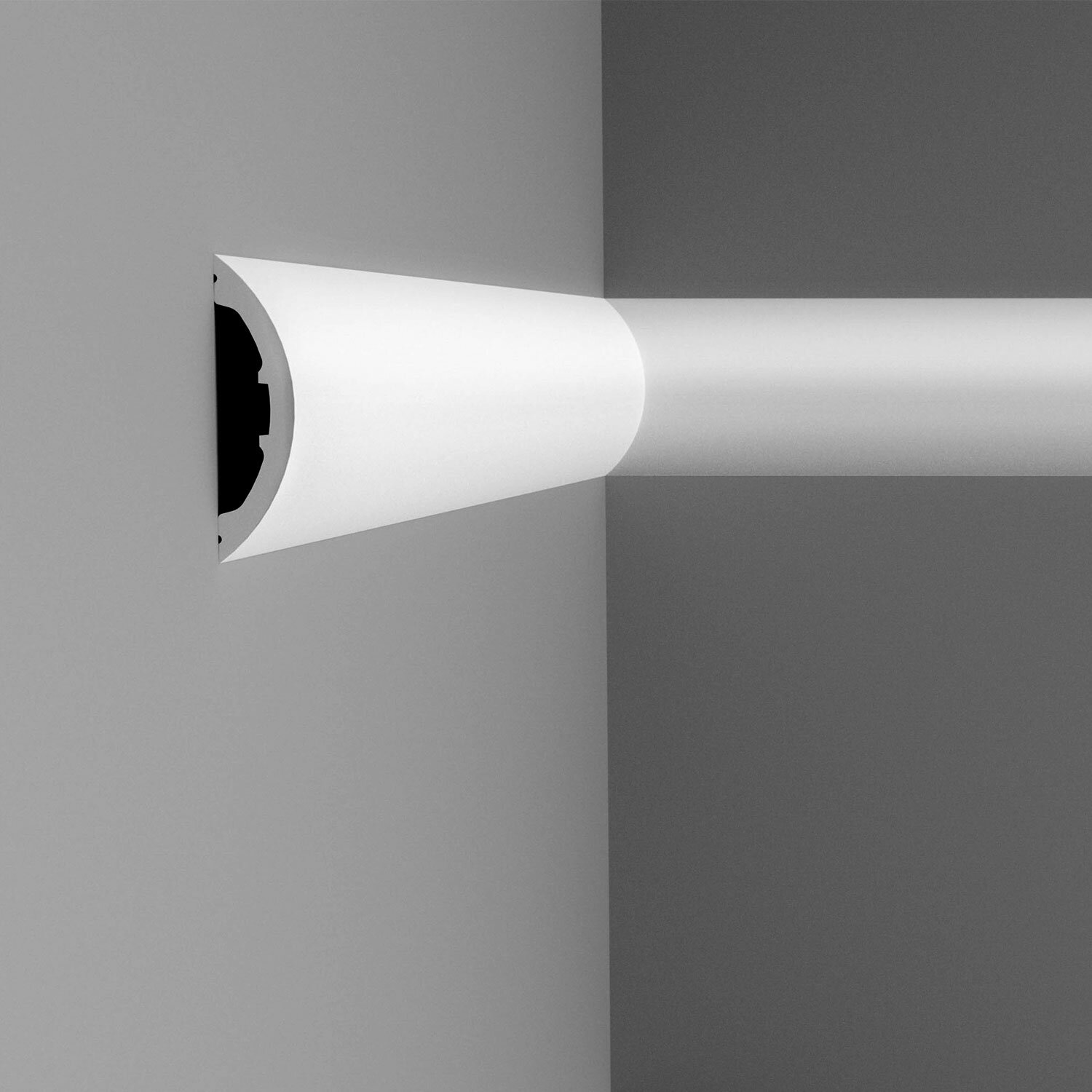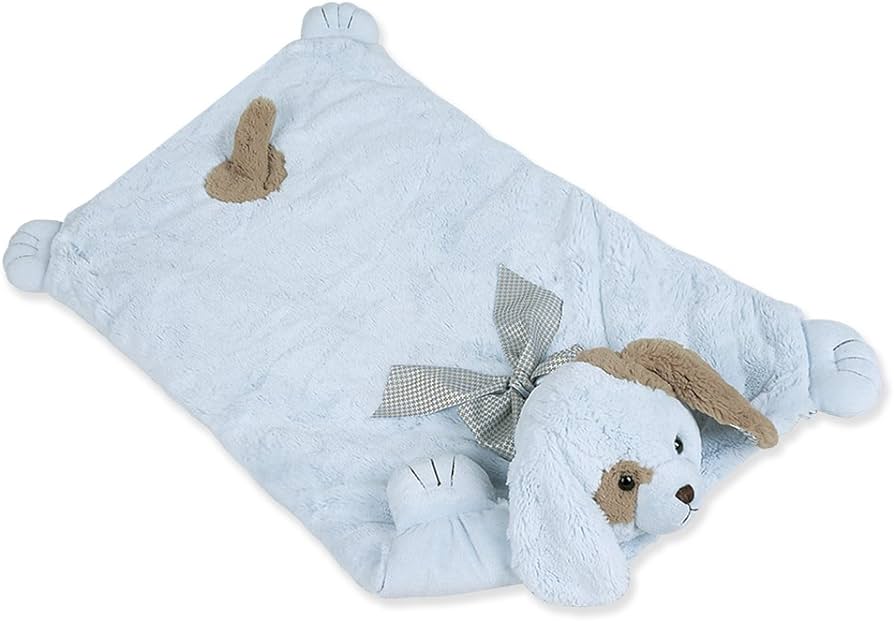Floor coving is used to provide a protective and decorative finish to the junction between the floor and wall. It creates a seamless transition, protecting the wall from damage and ensuring easy cleaning.
Floor coving can be made from various materials, such as PVC or stainless steel, and is commonly used in commercial and industrial spaces where hygiene and durability are important. It helps to prevent dirt and liquid buildup in corners, reducing the risk of contamination and facilitating maintenance.
Additionally, floor coving adds aesthetic appeal to a space by providing a clean and professional finish.

Advantages Of Using Floor Coving
Floor coving is a versatile flooring solution that offers numerous advantages for both residential and commercial spaces. One of the key benefits of using floor coving is the enhanced aesthetics and visual appeal it brings to a room. With a wide range of colors, patterns, and designs available, floor coving can complement any interior decor, creating a cohesive and visually pleasing environment.
In addition to its aesthetic benefits, floor coving also offers improved safety and durability. Its smooth and seamless finish eliminates tripping hazards, making it a safer option for households and workplaces. Moreover, floor coving is highly resistant to wear and tear, ensuring longevity and cost-effectiveness in the long run.
Another advantage of floor coving is its easy maintenance and cleaning. Its non-porous surface prevents stains and spills from seeping in, making it effortless to clean and maintain. Regular sweeping and occasional mopping are usually sufficient to keep floor coving looking pristine and hygienic.
Applications Of Floor Coving
Floor coving serves various applications in different industries. In hospitals and healthcare facilities, it provides hygienic surfaces that are essential for maintaining sterile environments. The slip-resistant flooring ensures safety for patients and staff, reducing the risk of accidents. Additionally, it contributes to noise reduction and comfort for patients and staff alike.
In commercial spaces and offices, floor coving offers a professional look and provides branding opportunities. It also protects the floor against wear and tear, ensuring its durability in high traffic areas. The easy installation and flexibility of floor coving make it ideal for renovations and changes in office layouts.
In educational institutions, hygienic and easy-to-clean floors are crucial for classrooms. Floor coving helps maintain these clean surfaces. Moreover, it provides visual guidance for navigation and organization in halls and common areas. Additionally, it contributes to noise reduction, creating a more conducive environment for learning.
Floor Coving In Residential Settings
Floor coving is a versatile flooring option that is commonly used in residential settings. In kitchens and bathrooms, floor coving provides a waterproof and stain-resistant surface, making it ideal for areas with high moisture levels. Its easy maintenance and cleaning make it a practical choice for these busy areas.
Floor coving also offers design versatility, allowing homeowners to choose from different styles to match their interior decor. In living rooms and bedrooms, it enhances the overall design and adds a touch of elegance. Additionally, it provides comfort and softness underfoot, making it a cozy choice.
Furthermore, floor coving helps reduce noise, creating a peaceful environment. In basements and laundry rooms, it offers moisture resistance and protection, preventing damage to the floor. Its seamless and smooth surfaces provide a sleek and modern look.
Lastly, floor coving is known for its enhanced durability in high-traffic areas, making it a wise investment for busy households. With its many benefits, it’s no wonder that floor coving is a popular choice in residential settings.
Frequently Asked Questions Of What Is Floor Coving Used For
What Is Floor Coving Used For?
Floor coving is used to create a smooth transition between the floor and the wall, providing a clean, finished look. It also helps to protect the wall from damage caused by mops, trolleys, and other equipment. Floor coving is commonly used in areas that require high levels of hygiene, such as hospitals, laboratories, and food processing facilities.
Conclusion
Floor coving is an essential element in interior design, offering both aesthetic appeal and functional benefits. It helps to protect the edges of the floor while providing a visually appealing transition between different flooring materials. Moreover, floor coving can also prevent dirt, dust, and moisture from accumulating in the gaps, leading to a cleaner and more hygienic environment.
Whether you are renovating your space or building a new one, floor coving is definitely worth considering.




